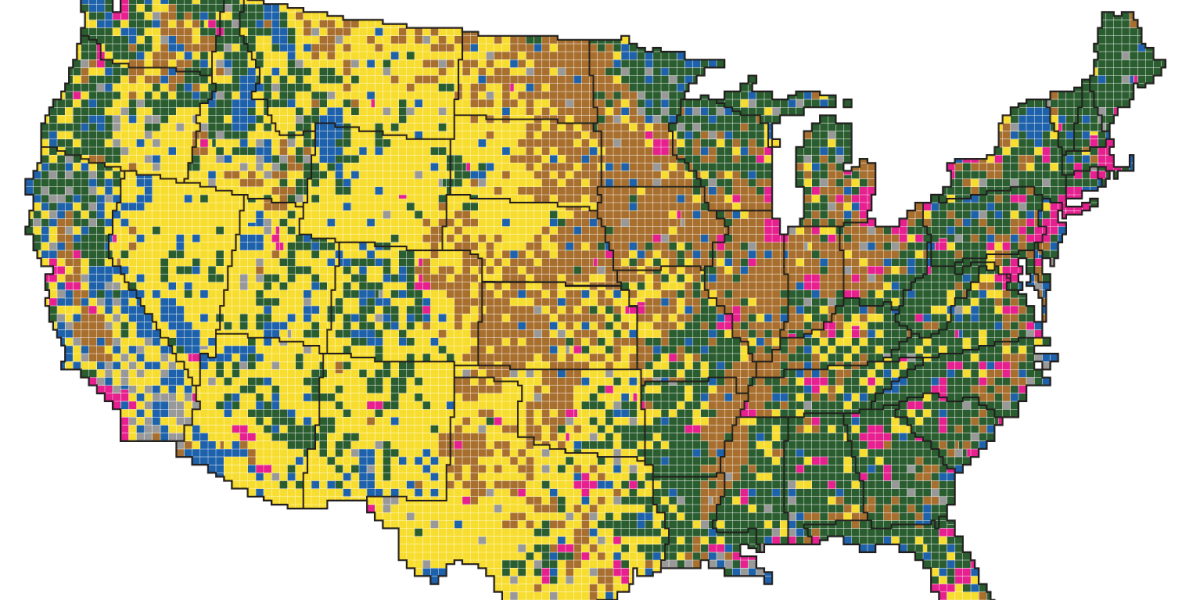This is an amazing visual representation of how we use land in the U.S., especially for animal grazing. Land use impacts biodiversity and carbon absorption. Animal agriculture contributes to a decrease in biodiversity while increasing methane production, a key greenhouse gas that’s far worse than carbon in terms of its greenhouse impact. “More than one-third of U.S. land is used for pasture—by far the largest land-use type in the contiguous 48 states. And nearly 25 percent of that land is administered by the federal government, with most occurring in the West. That land is open to grazing for a fee.”
See the full article here: https://www.bloomberg.com/graphics/2018-us-land-use/?srnd=premium
Amazon destruction reduces biodiversity where there are the most species – our tropical forests. And animal agriculture is responsible for about a 40% reduction in the Amazon rain forests. But here at home, the major culprit for biodiversity loss is plain old rampant, uncontrolled development and associated impacts from air and water pollutants. Pesticide use and fertilizers are also culprits on ag lands. However, development fractures habitats and removes pathways to migration/ pollination/ genetic exchange.
Climate change is a huge culprit, but its impacts are much worse given the patchwork of development, which prevents these exchange processes from occurring. Climate change also really amps up disturbance: fire, drought, huge precipitation events leading to flooding, intensified El Nino/ La Nino events leading to coastal erosion/ intensified effects, hurricanes in the Atlantic…all of which lead to rapid habitat destruction and biodiversity loss.



 New program to let SLO County agriculture students work with local animal sanctuary
New program to let SLO County agriculture students work with local animal sanctuary CCV “Best Of” Awards 2023 & 30 Great Plant-Based Options
CCV “Best Of” Awards 2023 & 30 Great Plant-Based Options Announcing the 2023 CCV “Best Of” Award Candidates
Announcing the 2023 CCV “Best Of” Award Candidates